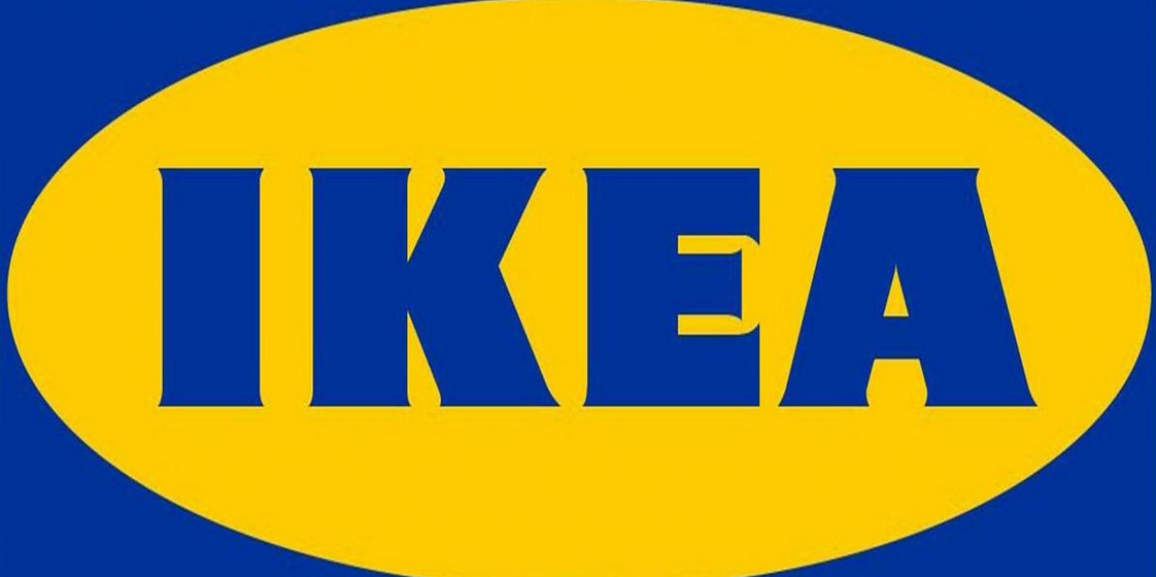Democratic design at IKEA – what is it?
Democratic design at IKEA – Some time ago I visited the Ikea museum in Älmhult. Something I can really recommend. Especially if you are able to walk the guided tour. To hear about the company’s history, about how Ingvar Kamprad already in young years looking for business opportunities and early began to sell pens and other office supplies, is at the same time both impressive and stimulating. Some failure eventually led to the fact that it was the furniture he was going to focus on. And early on, the strategy was to offer products to the wide masses, which is why a low price was an incredibly important part.
To learn a little more about how IKEA works with innovation and product development, I bought the book “IKEA Democratic Design”. With the help of the book, some things become very clear.

Vision and business concept
To run a successful innovation work is based on the fact that there is a strong vision and business concept that is known and anchored by the employees.
Ikea’s vision is “to create a better everyday life for the many people. For our customers, but also for our suppliers and the people who work with our suppliers.” The business concept is “to offer a wide range of well-designed and functional home furnishing items at such low prices that as many people as possible can afford to buy them.”
These really seem to be anchored by Ikea employees. And based on these, decisions can be taken at all levels without constantly waiting for decisions to be taken higher up in the organization.
Culture that allows failure
“It’s quite OK to make mistakes, only one learns from them.” The risk is that it is only a lip confession. But organizations that are really successful with innovation make sure that it really applies. The opposite, “Management by fear”, is not a good leadership philosophy to stimulate creativity and innovation. IKEA recognizes in the book that it has failed to learn from its failures. Twice you have tried on air-filled furniture. But none of the time has been any success.
External influences
Ikea’s development department is relatively small, considering the size of the company. Not least therefore, it is important to take in external resources in the innovation work. The clearest examples are cooperation with well-known designers and collaborations with subcontractors, but more odd elements also occur. Such as visits to a “bamboo village” in China where important ideas about bamboo came about.
“Obsession” leads to innovations
Several of the participants in the book Talk about the “obsessed” of finding a solution. The story of the two “geniuses” that for 10 years worked on their idea before. They found a workable solution is the clearest example. Perhaps it is about (smålandic?) stubbornness, rather than obsession. But it is clear how important it is to really manage to push their idea all the way to the goal. Among the successful innovators. There are also many who have worked for a very long time at IKEA. Between 25 and 45 years, giving them a tremendous knowledge of customer needs and possible technical solutions.
IKEA and “democratic design“
IKEA calls its model for product development “IKEA Democratic Design”: IKEA will offer “good design for the many people by offering well designed interior solutions with amazing shape and function, high quality, built with focus on sustainability and At an affordable price. “
The basis is thus five “principles”, all equally important, to be balanced in all projects:
- Form
- Function
- Quality
- Sustainability
- Low price
What would be interesting to know more about is how the work to balance the five principles goes into practice. Quality and durability feel possible to measure but what are the acceptability criteria for form and function out? In terms of “low price” a project is described to produce a LED light for €1, and it was expressed as a wish of Ingvar Kamprad but how do you know that a chair has “low price”?
Democratic design also means that “every part of the manufacturing chain has a representative (in the development projects) and everyone has as much to say about”.
Just when I would summarize my impressions of “IKEA Democratic Design” damp latest issue of Harvard Business Review down in the mailbox. In it is an article by Gary Pisano titled “The Hard Truth About innovative cultures”. In it, he summarises the requirements for an innovation culture in the following paragraphs (freely translated into Swedish):
- Tolerate failures but not incompetence
- Willingness to experiment but disciplined
- Psychological security but brutal sincerity
- Cooperation but individual responsibility
All four points are clearly illuminated in the book IKEA Democratic Design, and in some way is confirmed well thereby also Pisano’s conclusions.